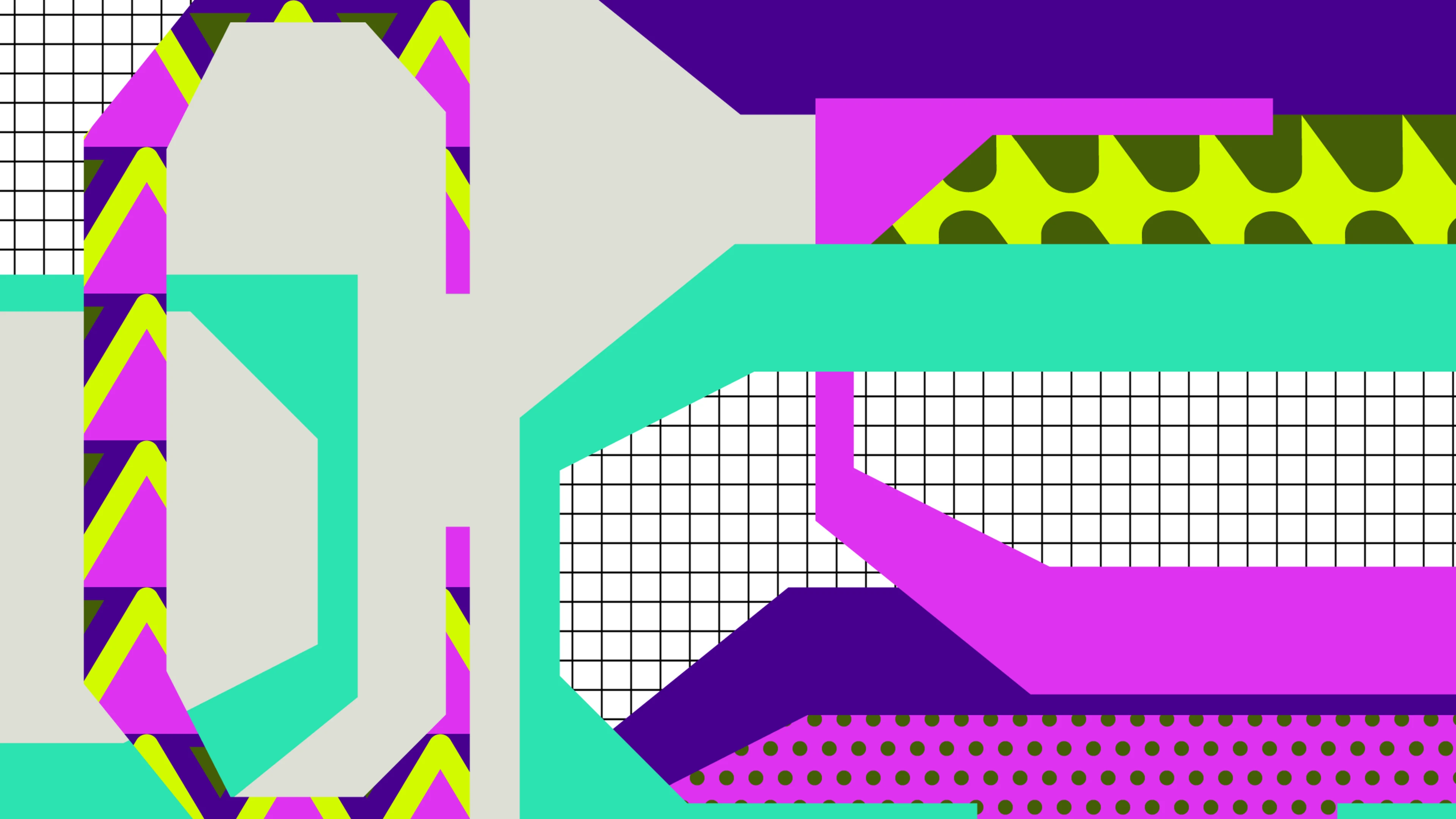If you want to get excited about consumer tech again, look at these innovations. They include breakthroughs in material design and miniaturization to make your gadgets even sleeker; new technologies to improve your health and wellness; and some clever applications of AI and data analysis. The next big thing in consumer tech is really about making life better beyond your phone, not just spending more time using it.
Elegoo
For speeding up 3D printing
3D printers aren’t known to work quickly, but Elegoo figured out how to speed up the process. Using a tilting resin vat, its Saturn 4 Ultra 3D printer is able to peel off layers of release liner faster than conventional lift-and-release mechanisms. The result is vastly improved print speeds and fewer errors without having to rely on expensive specialty resins.
FreePower
For giving countertops a jolt
The dream for wireless charging has always involved building it into ordinary surfaces. But it’s typically required unsightly stickers or indentations to show where your phone should go. FreePower has come up with a more elegant solution, using an LED halo to light up the charging area when you wave your phone over it. The company, which previously went by the name Aira, debuted the technology this year and is now working with designers and fabricators to integrate it with stone and wood countertops.
Honor
For putting other foldable phone designs to shame
By using novel battery chemistry, Honor has achieved the holy grail for foldable phones, rivaling traditional handsets on size and weight without compromising battery life. While most lithium-ion batteries use all graphite in their anodes, the Honor Magic V3 foldable replaces about 10% of that material with silicon carbon, a much denser material, but one that requires special nanomaterials to contain swelling. The more compact battery results in a phone that’s 5% narrower and only 12% thicker than an iPhone 16 Pro Max when folded, and of course it unfolds to reveal a tablet-like screen inside. No other foldable phone comes close.
Lenovo
For cracking the code to lighter laptops
Magnesium alloy is theoretically a great material for laptops because it’s lighter than aluminum but stronger than plastic. On its own, however, it’s prone to corrosion. Laptop makers can work around this problem by spraying on a protective coating, but that in turn makes the material look cheap and plasticky. After years of analyzing alternative ways to formulate the material, Lenovo came up with a “high gloss stainless magnesium” material and put it into mass production for its laptops, starting with the Thinkbook 13x Gen 4. Lenovo says it could be a breakthrough for the aerospace and transportation industries as well.
Neurable
For making brainwave monitoring look cool
Partnering with the audio brand Master & Dynamic, Neurable has come up with a brainwave monitoring device that doesn’t look like a brainwave monitoring device. Instead, all the necessary technology fits into a set of premium headphones, with electroencephalogram (EEG) sensors built into the ear pads. Beyond just playing music and cancelling outside noise, the MW75 Neuro headphones can measure your concentration levels and encourage you to take breaks when you’re losing focus.
Ollie
For applying AI insights to pet poop
Ollie aspires to be more than just another froufrou pet food purveyor. Its health screenings feature allows owners to submit photos of their dogs’ stools, coats, and teeth, then uses proprietary algorithms to create custom meal plans and provide additional health insights. Ollie says it’s screened more than 25,000 dogs to date, and customers who participate are more likely to stick around.
Samsung
For lowering the barriers to safer sleep
If you’re worried that you might have sleep apnea but haven’t gotten around to seeing a doctor, Samsung’s latest smartwatches might provide the necessary motivation. Starting with the Galaxy Watch7 and Watch Ultra, the company’s Health Monitor app can run FDA-approved overnight tests to check for the relative decreases in blood oxygen levels that can indicate a sleep apnea risk. Samsung says it will eventually bring the feature to older devices, including 2021’s Galaxy Watch4. Apple just released a similar feature for the Apple Watch Series 9 and up, but Samsung got there first.
Somnee
For nudging the brain to sleep
While most brainwave-sensing headbands focus on insights about your mental state, Somnee aims to deliver something more tangible. After several nights of measuring a user’s brainwave patterns, its band creates a personalized electrical stimulation pattern that’s meant to nudge the wearer toward their ideal sleep state. A second-generation model will combine measurement and stimulation functions into a single mechanism, allowing it to accommodate a wider range of head shapes.
Whisker Labs
For checking the pulse of the electrical grid
While Whisker Labs’ plug-in Ting sensors can monitor an individual home for potential electrical fires, they also serve another purpose. By connecting to the broader Ting Sensor Network, the sensors provide valuable insights on the state of the electrical grid. A recent Washington Post story on Hurricane Beryl, for instance, cited Whisker’s data showing that the area was already prone to widespread power failures before the storm hit.
The companies behind these technologies are among the honorees in Fast Company’s Next Big Things in Tech awards for 2024. See a full list of all the winners across all categories and read more about the methodology behind the selection process.
The application deadline for Fast Company’s World Changing Ideas Awards is Friday, December 6, at 11:59 p.m. PT. Apply today.
